Main Menu

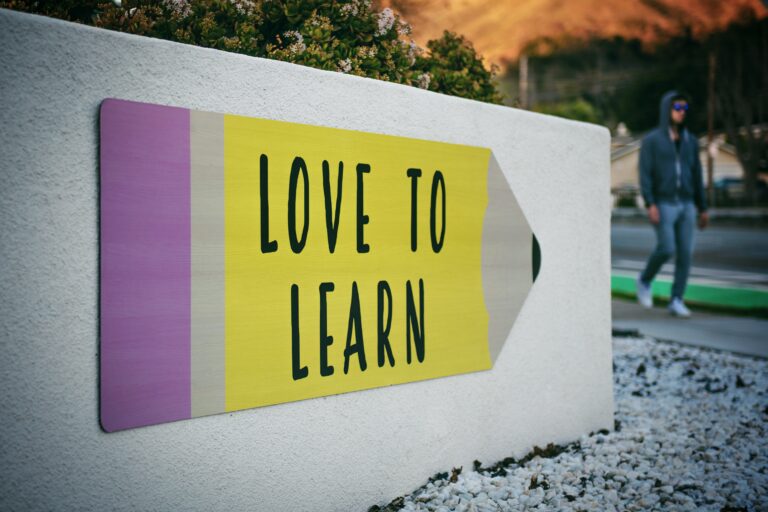
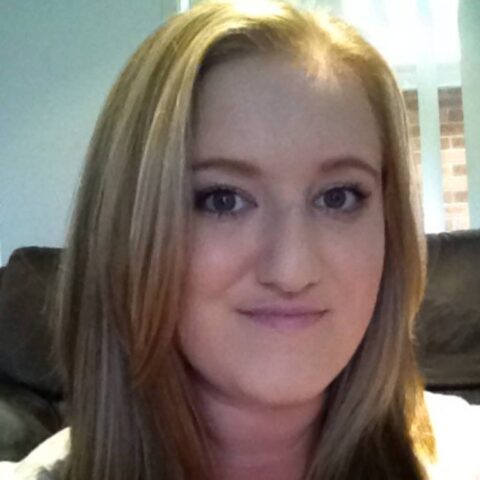
B.Ed. Primary Teacher & STEM Specialist Educator
M.Ed. STEM Student at Curtin University
Education Designer at Charles Sturt University
Whilst completing my minor in STEM education I was fascinated by the possibilities STEM pedagogical approaches had to offer through a highly cross-disciplinary integrated approach. One well planned intricate unit of work had the potential to address various learning outcomes through a singular real-world focus. By encouraging students to explore, innovate, create, hypothesise, test, critically reflect and act in the place of those in industry students could access vast amounts of the curriculum and consolidate their understandings in highly contextualised ways. I was hooked and I have never looked back.
My first teaching position saw me educating a composite 4/5/6 class which eventually turned into a 3/4/5/6 class. Over the Christmas break leading up to my first days in the classroom, I spent considerable hours designing various integrated STEM units of work. So much hands-on learning and a well-designed classroom environment. It was picture perfect. 2020 of course had other plans. My school was in Victoria though in a border community with most of the staff, and many students, residing in South Australia. With a digital divide, some students on-site, some remote, many with no access to digital technologies or the internet at home; my planning was reinvented, reshaped and simplified to empower my parents and make units of work more easily accessible across online environments and paper packets.
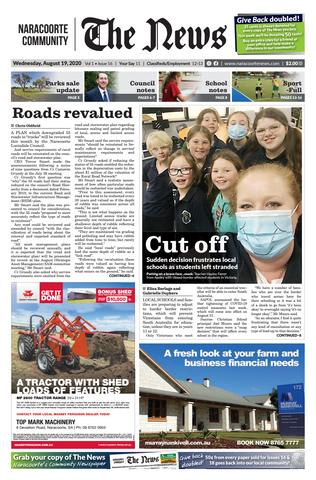
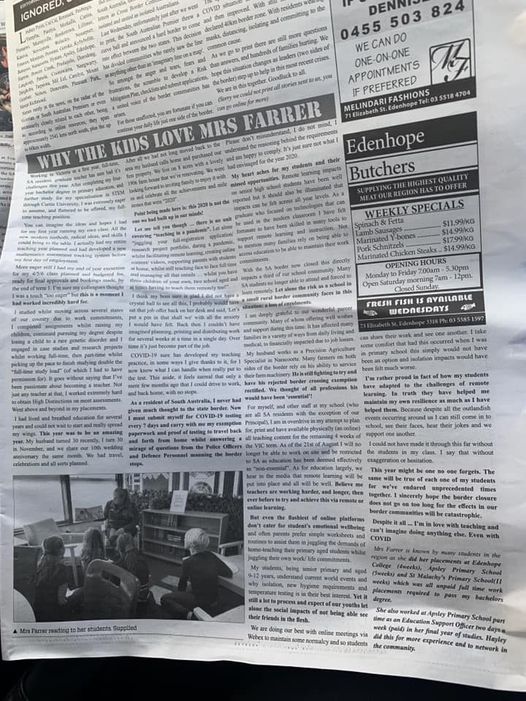
By 2021 teachers in Victoria now had hybrid, online and face to face learning fine-tuned to an art form. Parents likewise, certainly so, in our community, are more confident and happy to accept alternative learning methods. I was adamant to reinvigorate my learning program with STEM and here begins the start of an amazing journey.
Early 2021 our school, as part of a DET Fire Safety Prevention Plan, had much of the shade trees cut down around the schools immediate grounds and play areas due to their proximity to the school infrastructure. Sadly this left our play areas with a loss of both character and shade. As a sun-smart school, and as a rural school where the students appreciate their trees to play under and between, this posed a problem. Real-world problems are wonderful motivators that can drive diverse units of work. I asked my students one day “if we were to plant more trees, what should we plant and why?” I was amazed at the response from one of my students who said “well, if they’re within 10 meters of a building they will get knocked down anyway, maybe we need a type of tree they aren’t allowed to chop down?” Such a simple and yet perfect idea was born.
Discussing this as a class another student brought up how if the trees had hollows inside them they would be protected (as homes for nesting birds, cutting down these trees is illegal and the rural students knew this all too well). Another student then reflected “isn’t that because of the Red-Tailed Black Cockatoos?” Before I knew it we had the makings of a biodiversity driven unit of work with the first iteration titled “Sun Smart with Red-Tail’s at Heart”.
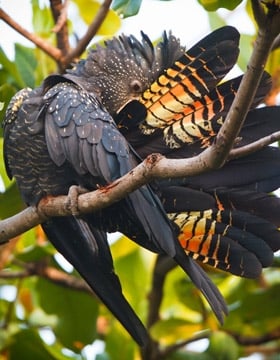
The more related inquiry units, mini-builds, project-based learning experiences and engineering design challenges I incorporated the more I found students were able to draw upon, and develop their 21st-century skills, connect with curriculum content, and refine their practical expertise subliminally (that is, without students being aware). By planning ahead as to which 21-Century skills will be championed educators may then encourage these directly, or indirectly (Dolenc & Abersek, 2012).
Presentation tasks featured across lessons encourage critical reflection, re-design, peer feedback and empower students to take control of their own learning. This also provoked further improvements or plans for other iterations. Finding opportunities to provide students with a ‘voice’ to share their expertise was a critical finding in the research of Clark and Andrews (2009); engineering lacked integration at a primary education level which engaged students through play, fun, and in line with their own interests. I feel this is why, as a STEM specialist, that I wanted to ensure that the engineering design process was well integrated as a summative task.
Throughout the EDP I found that reflection and discussion, linked back to goals, held at the end of lessons provided students with a forum through which to discuss misconceptions or challenges, and reflect on key learning outcomes. Such an opportunity helps students to become self-regulated learners who can identify their own areas for improvement, encouraging self-efficacy. Such a program design, as Sanchez-Ruiz’s (2016) research highlights, increases student intrinsic motivation, academic and emotional self-efficacy across non-cognitive and cognitive domains, thus ensuring academic success.
Encouraging this is the explicit connections to engineering made through the Next Generation Science Standards [NGSS], a strategy recommended in Peterman et al’s (2017) research findings. I would also draw attention to the importance of linking both cross-curriculum priorities and UNESCO goals in planning to ensure a robust approach.
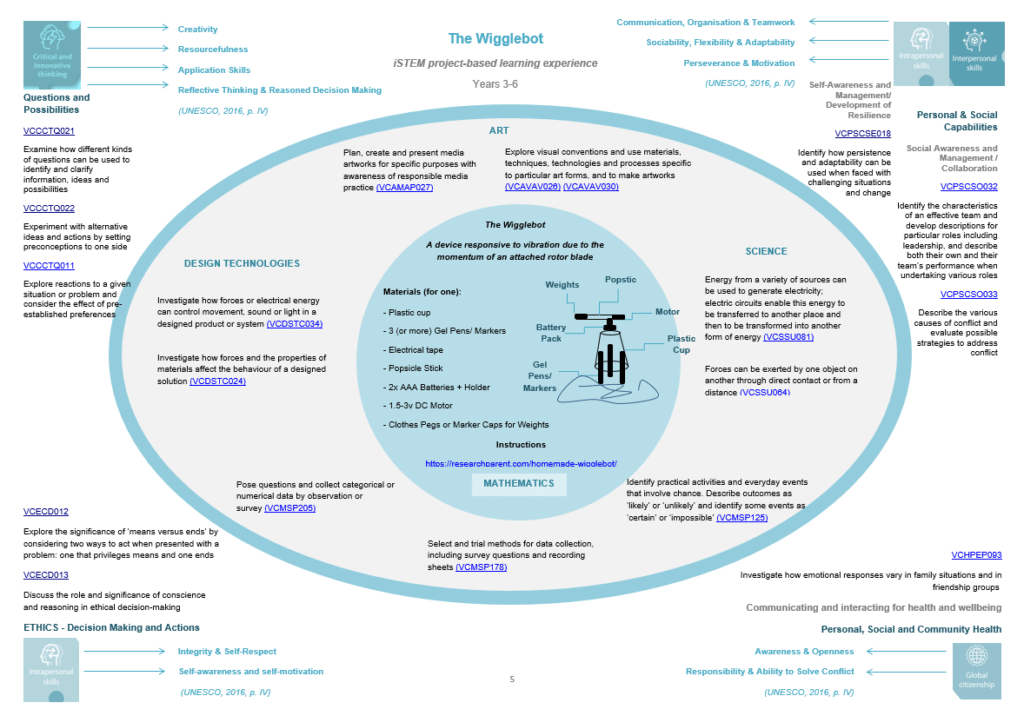
This aside, planning STEM programs with units of inquiry, project-based learning and engineering design briefs can make one’s head spin. A planning approach, and related assessment design, that I personally recommend teachers look into is that of Wiggins and McTighe’s Understanding by Design and GRASPS assessment model. Both are tools that can help educators to refine the curriculum content they choose and maintain a strong theme to a guiding essential question across a complex design cross-discipline program of work.
Many planners available following the principles of Understanding by Design, however, have been structured to suit the curriculum format of the United States and it is advisable to form relationships with Australian Curriculum Designers who have templates suitable for use in the Australian context. I welcome anyone who is interested to give this a go, to consider adding me on Linkedin, where I would be happy to share a licence free Australian aligned Understanding by Design inspired planner.
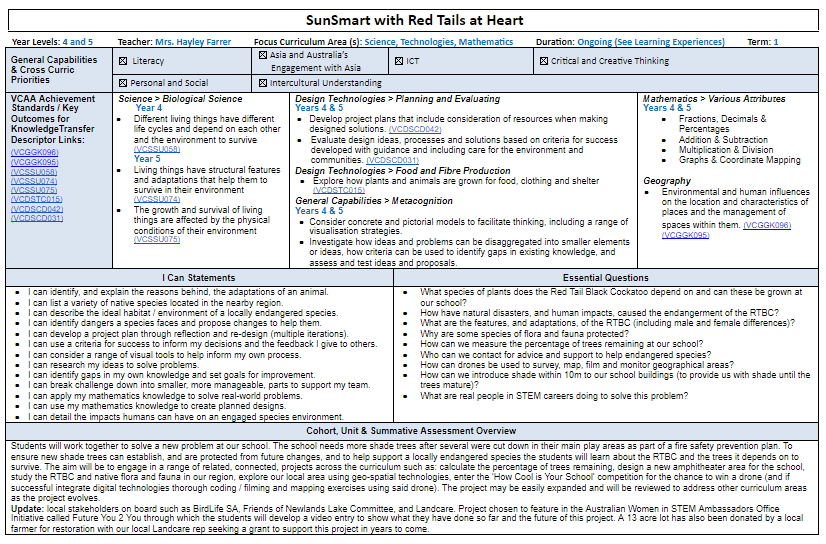
The above planner pictured demonstrates how I first visualise a large program of work. There is no way that I can dive straight into lesson planning, or even planning units of work, until I first drill down into the curriculum, make meaningful connections across learning areas and then stand back. Visual planners such as this design can be very effective tools to assist educators in making critical decisions about:
I find once these considerations have been addressed that the rest of the planning comes together as usual and ensures that a STEM pedagogical approach can occur rather than accidentally switching between science, technology and mathematics traditional approaches.
My programming took me down a path to industry connections I did not, at first, think possible (or at least had not come to mind as obvious possibilities). I feel the real beauty of STEM is its adaptiveness but also how the programming is capable of evolving over time and its complete flexibility to change through iterations. Nothing is set in stone and yet can always be directed back to the curriculum design and pedagogical choices holding the integrity of the program in check. Initially, I sought my industry connection to be a wildlife conservationist through BirdLife SA. Not only did a wonderful working relationship evolve but put me in contact with my local LandCare Representative, which led to a local farm tree planting group and a local reserve conservation community group. I was provided with leads to grants and funding I did not know about despite my own research and often these stakeholders were all too happy to donate their time and expertise to support my school’s projects. This freed my time to look for other available resources and competitions to motivate my students. I wanted a different way to spatially look at our school whilst incorporating technologies. This was when I came across two wonderful opportunities:
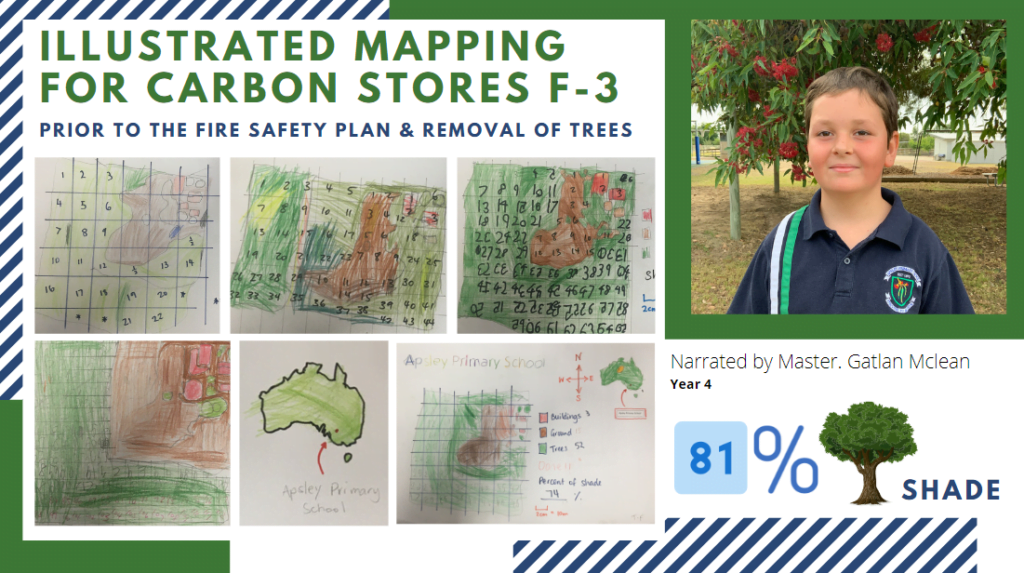
Integrating the How Cool is Your School Resources
In our Inquiry and Science lessons, the students learned about the geography and native animals of our local area and finished the mini-unit investigating our locally endangered birds (the Red-Tailed Black Cockatoos). This was supported through an incursion ran by BirdLife SA and an excursion through a nearby nature reserve with a Landcare guide to support our learning journey. Students were then able to use their knowledge of their place to draft a series of hand-drawn and digitally drafted maps using GIS technologies to enter the She Maps “How Cool is Your School” competition whilst visualising and calculating the impact to our school, available shade, carbon store depletion and ultimately see the potential homes of birds removed (but also those still abundant on the school grounds).
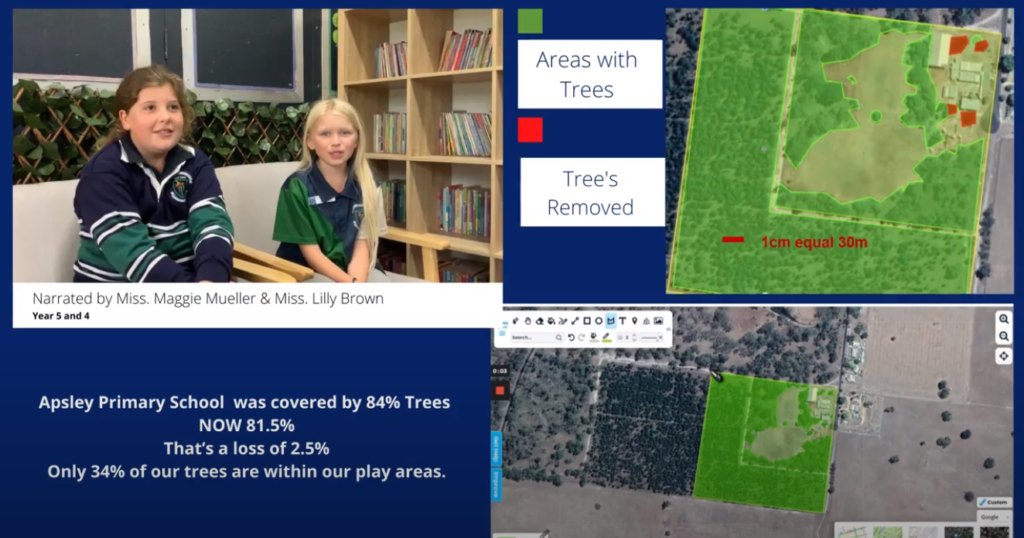
Through this, the students were fortunate to win some participation certificates and go into the running to win a drone for their school. Rewards aside, the students were able to secure a Landcare grant to plant trees and restore a local habitat, form industry relationships, grow their own stringybark trees from seed, select planting sites around the school grounds, and take part in designing the school’s new amphitheatre.
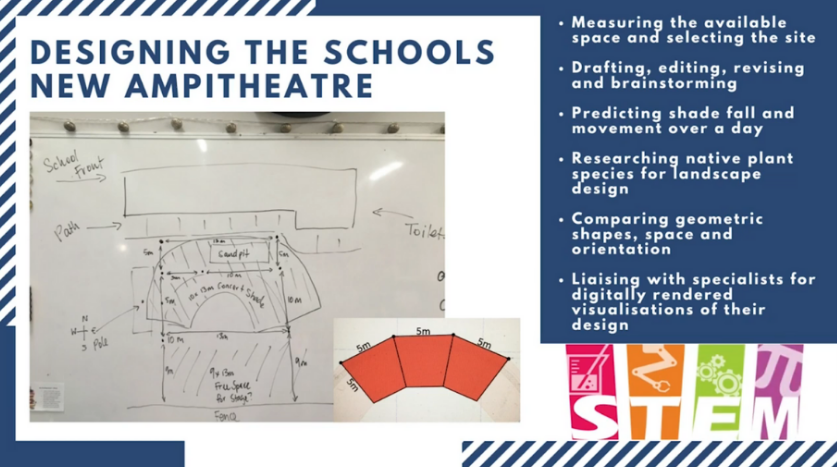
Hayley presented at Edudrone, She Maps annual conference, watch her presentation here.
If you enjoyed this article, then you might want to read our Drones in Early Years – An example of best practice or for inspiration on lessons with drones then we recommend you read Drones, GIS and Bushfire Recovery
She Maps is Australia’s leading expert in drone and geospatial education.
She Maps assist schools with the purchasing of drones, school-industry created drone and geospatial teaching resources and highly supportive teacher professional development.
Ready to buy drones for your school? We are an authorised DJI reseller in Australia

Subscribe by email and never miss a blog post or announcement.

She Maps aims to bring much needed diversity and support to STEM. We do this by providing drone and geospatial programs to teachers and schools across the globe.
At She Maps we acknowledge the Traditional Custodians of Country throughout Australia and their connections to land, sea, and community. We pay our respect to their Elders past and present and extend that respect to all Aboriginal and Torres Strait Islander peoples today.
Aboriginal and Torres Strait Islander peoples are advised that this site may contain names, voices, or images of people who have passed away.
Learn the 6 Steps to Launching a Successful Drone and Geospatial Program at your School
Take our resources for a spin and join the thousands of teachers who love our ready-to-teach classroom materials. Try one of our complete units of work for free.

